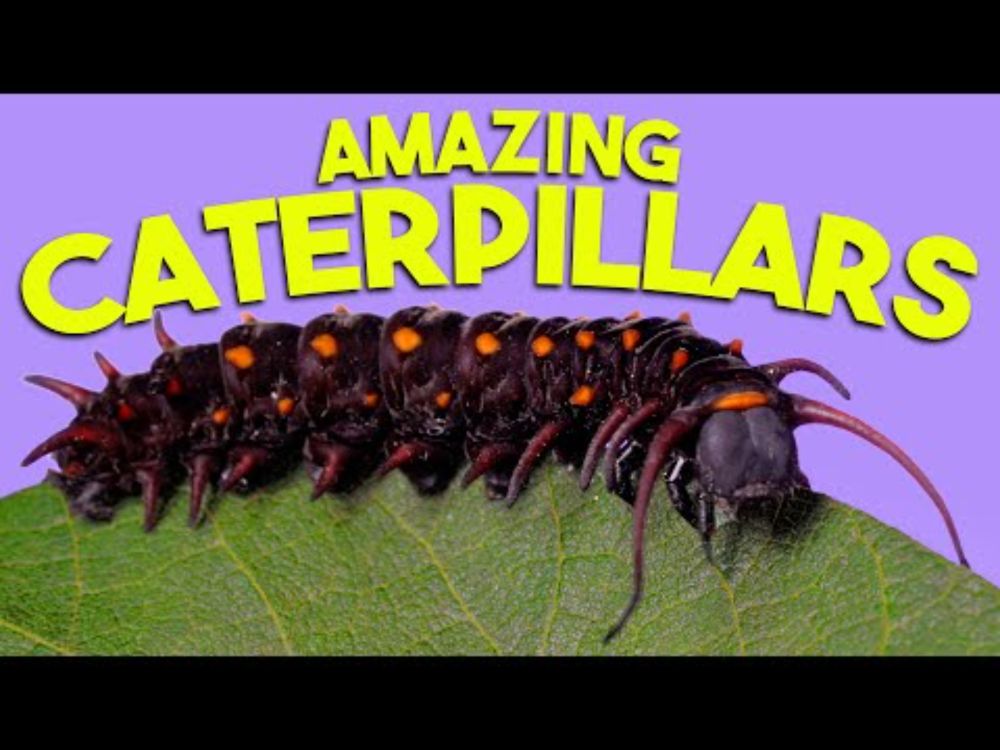
New video today: CATERPILLARS!!! youtu.be/aJNaDyHARNw
16.10.2025 17:03 — 👍 34 🔁 18 💬 0 📌 0@vpeechatt.bsky.social
PhD graduate assistant at the University of Nevada, Reno studying chemically mediated plant - caterpillar - natural enemy interactions 🌱🐛🪰🦠 (she/hers) writer | dancer | philomath

New video today: CATERPILLARS!!! youtu.be/aJNaDyHARNw
16.10.2025 17:03 — 👍 34 🔁 18 💬 0 📌 0
Check our new paper in @evolletters.bsky.social "Live birth in lizards: A process-based model for the roles of temperature, behavior, and life-history"
In this study, we develop and validate a model capable of accurately predicting gestation length in lizards!
academic.oup.com/evlett/advan...

A table showing profit margins of major publishers. A snippet of text related to this table is below. 1. The four-fold drain 1.1 Money Currently, academic publishing is dominated by profit-oriented, multinational companies for whom scientific knowledge is a commodity to be sold back to the academic community who created it. The dominant four are Elsevier, Springer Nature, Wiley and Taylor & Francis, which collectively generated over US$7.1 billion in revenue from journal publishing in 2024 alone, and over US$12 billion in profits between 2019 and 2024 (Table 1A). Their profit margins have always been over 30% in the last five years, and for the largest publisher (Elsevier) always over 37%. Against many comparators, across many sectors, scientific publishing is one of the most consistently profitable industries (Table S1). These financial arrangements make a substantial difference to science budgets. In 2024, 46% of Elsevier revenues and 53% of Taylor & Francis revenues were generated in North America, meaning that North American researchers were charged over US$2.27 billion by just two for-profit publishers. The Canadian research councils and the US National Science Foundation were allocated US$9.3 billion in that year.

A figure detailing the drain on researcher time. 1. The four-fold drain 1.2 Time The number of papers published each year is growing faster than the scientific workforce, with the number of papers per researcher almost doubling between 1996 and 2022 (Figure 1A). This reflects the fact that publishers’ commercial desire to publish (sell) more material has aligned well with the competitive prestige culture in which publications help secure jobs, grants, promotions, and awards. To the extent that this growth is driven by a pressure for profit, rather than scholarly imperatives, it distorts the way researchers spend their time. The publishing system depends on unpaid reviewer labour, estimated to be over 130 million unpaid hours annually in 2020 alone (9). Researchers have complained about the demands of peer-review for decades, but the scale of the problem is now worse, with editors reporting widespread difficulties recruiting reviewers. The growth in publications involves not only the authors’ time, but that of academic editors and reviewers who are dealing with so many review demands. Even more seriously, the imperative to produce ever more articles reshapes the nature of scientific inquiry. Evidence across multiple fields shows that more papers result in ‘ossification’, not new ideas (10). It may seem paradoxical that more papers can slow progress until one considers how it affects researchers’ time. While rewards remain tied to volume, prestige, and impact of publications, researchers will be nudged away from riskier, local, interdisciplinary, and long-term work. The result is a treadmill of constant activity with limited progress whereas core scholarly practices – such as reading, reflecting and engaging with others’ contributions – is de-prioritized. What looks like productivity often masks intellectual exhaustion built on a demoralizing, narrowing scientific vision.

A table of profit margins across industries. The section of text related to this table is below: 1. The four-fold drain 1.1 Money Currently, academic publishing is dominated by profit-oriented, multinational companies for whom scientific knowledge is a commodity to be sold back to the academic community who created it. The dominant four are Elsevier, Springer Nature, Wiley and Taylor & Francis, which collectively generated over US$7.1 billion in revenue from journal publishing in 2024 alone, and over US$12 billion in profits between 2019 and 2024 (Table 1A). Their profit margins have always been over 30% in the last five years, and for the largest publisher (Elsevier) always over 37%. Against many comparators, across many sectors, scientific publishing is one of the most consistently profitable industries (Table S1). These financial arrangements make a substantial difference to science budgets. In 2024, 46% of Elsevier revenues and 53% of Taylor & Francis revenues were generated in North America, meaning that North American researchers were charged over US$2.27 billion by just two for-profit publishers. The Canadian research councils and the US National Science Foundation were allocated US$9.3 billion in that year.

The costs of inaction are plain: wasted public funds, lost researcher time, compromised scientific integrity and eroded public trust. Today, the system rewards commercial publishers first, and science second. Without bold action from the funders we risk continuing to pour resources into a system that prioritizes profit over the advancement of scientific knowledge.
We wrote the Strain on scientific publishing to highlight the problems of time & trust. With a fantastic group of co-authors, we present The Drain of Scientific Publishing:
a 🧵 1/n
Drain: arxiv.org/abs/2511.04820
Strain: direct.mit.edu/qss/article/...
Oligopoly: direct.mit.edu/qss/article/...

Homie got 229 pairs of chromosomes
www.sciencedaily.com/releases/202...

A chart of "Major concerns of PhD candidates." The top text says, "Financial pressures top the list of concerns faced by PhD candidates, but concerns differ among the sexes. Those studying in the United States rank the political landscape as their main worry." The chart shows that in the full survey, political landscape is the biggest concern for about 20% of students (a bit higher for women than men) but there's an annotation saying "In US PhD students, this rose to 64%". Overall, the highest-rated concern was financial pressures at around 40%.
That's quite the chart annotation.
www.nature.com/articles/d41...
Displays showcasing: 1) the interactions of the monarch-milkweed system and Jaap de Roode's book Doctors by Nature. 2) the diversity of lepidoptera in the Sierra Nevada. 3) the diversity of native bees in the Sierra Nevada and a small box showing differences between bees, wasps, and flies. 4) the diversity of insects in the tropics, small box showing parasitoid wasps. 5) The Carson Wandering Skipper and its host plant distacalus

The diversity of life: there are ~2.1 million described species and insects are ~1.1 million of them. Estimates of the actual number of species range from 8-80 million and a good proportion of them are probably insects that will never be described.

An example of a system of coevolution: the arms race between plants and insects. Plants like the Indian paintbrush produce specialized metabolites such as iridoid glycosides (base of an iridoid structure displayed) while larvae of the Variable checkerspots develop ways to overcome the toxicity of these chemicals by sequestering them.

Display about the art of Maria Sibylla Merian, one of the first naturalists to document the life cycle of insects. Display includes call to action for anyone to become a naturalist with iNaturalist
Here's the first library display I helped set up in Northwest Reno Library: the spectacular diversity of insect interactions in the Sierra Nevada, Great Basin, and beyond
07.09.2025 17:28 — 👍 3 🔁 0 💬 0 📌 0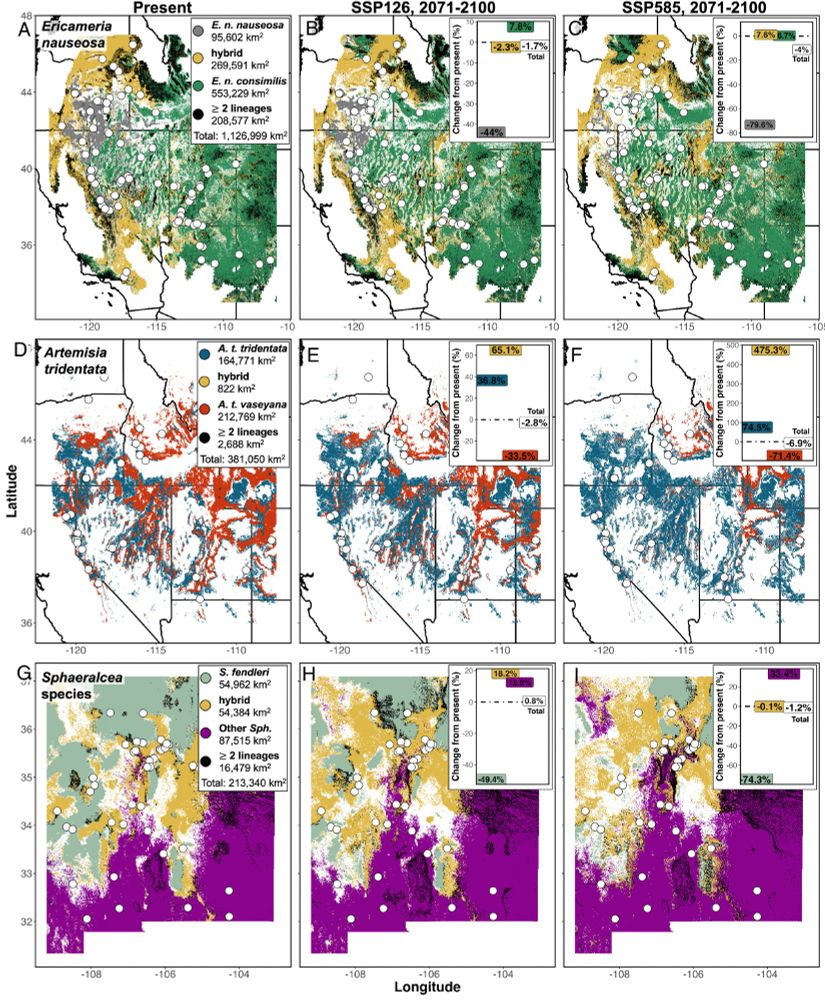
Very excited to have our study come out looking at multiple plant mosaic hybrid zones and their implications for hybrids to act as "sutures" of species ranges. We use genomic data to project shifts into future climates and discuss impacts on conservation/management.
www.pnas.org/doi/10.1073/...
So cool to meet everyone, learn about the precedents set by UAW and Region 6, and plan the next actions for Nevada workers!
02.08.2025 17:23 — 👍 2 🔁 1 💬 0 📌 0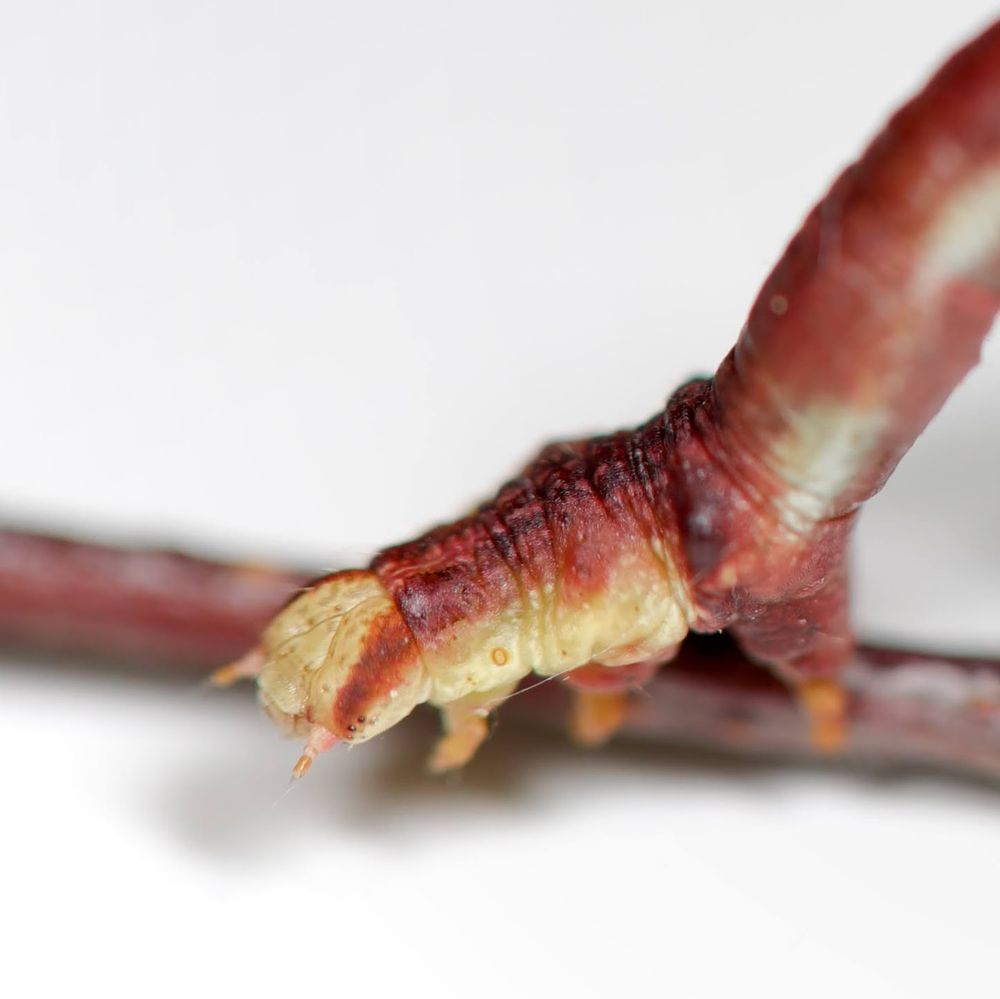
An attempt of a close up of the caterpillar's head
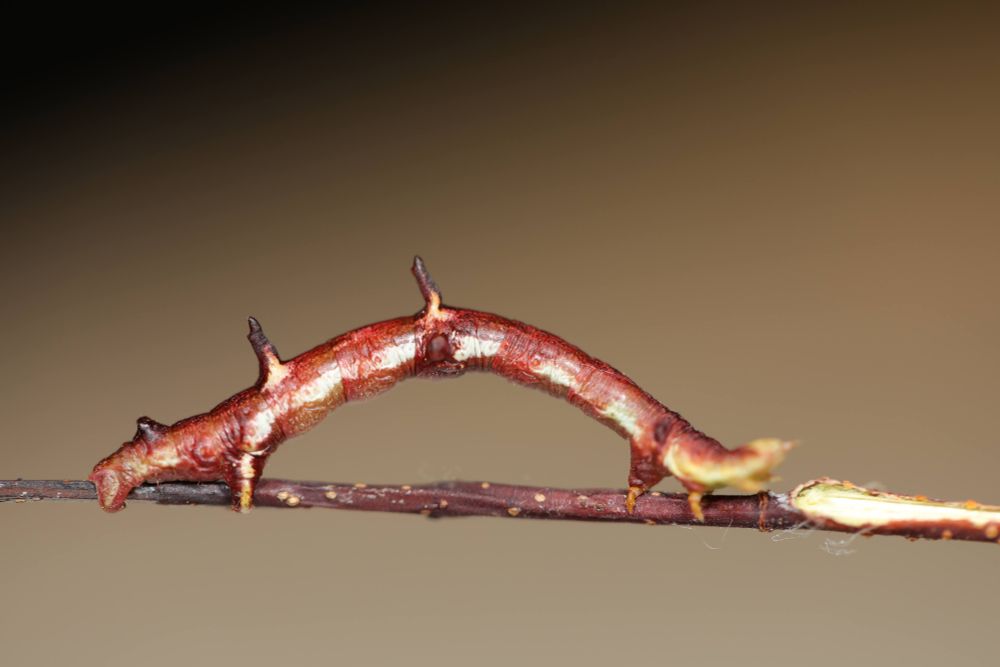
Red and gold geometrid larva with two prominent spines and a blurred face cause we got a dancer! And also cause I'm still practicing my photography skills
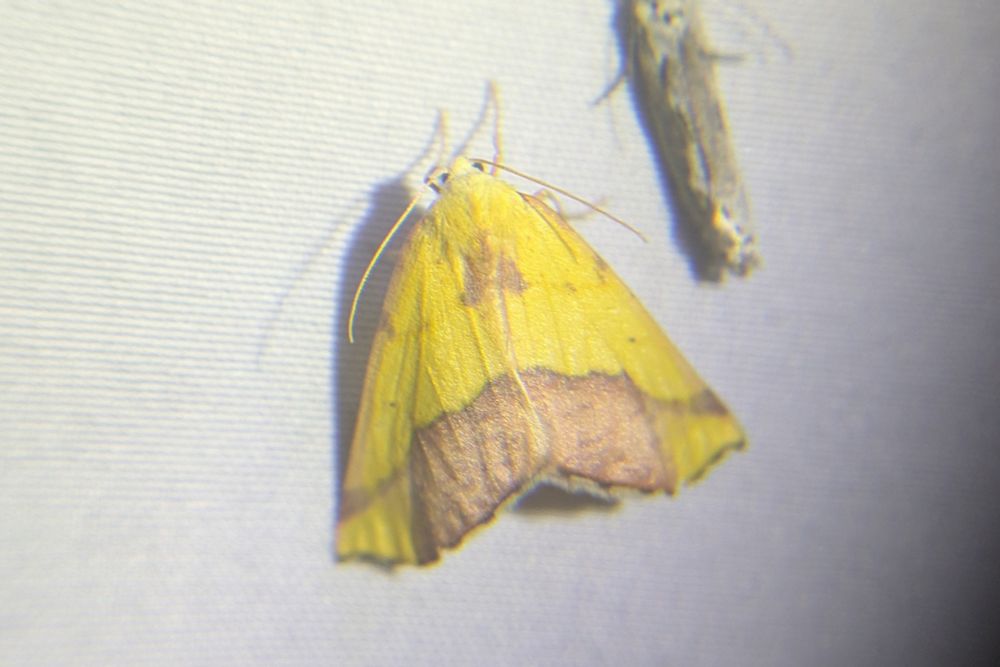
A bright yellow and gold geometrid moth on a sheet with a friend
The absolutely beautiful Sicya macularia, sharp-lined yellow.
Cool to find both the adult in the Toiyabe range and the larva feeding on Ceanothus cordulatus in the Sierra Nevada #teammoth #coolcaterpillars
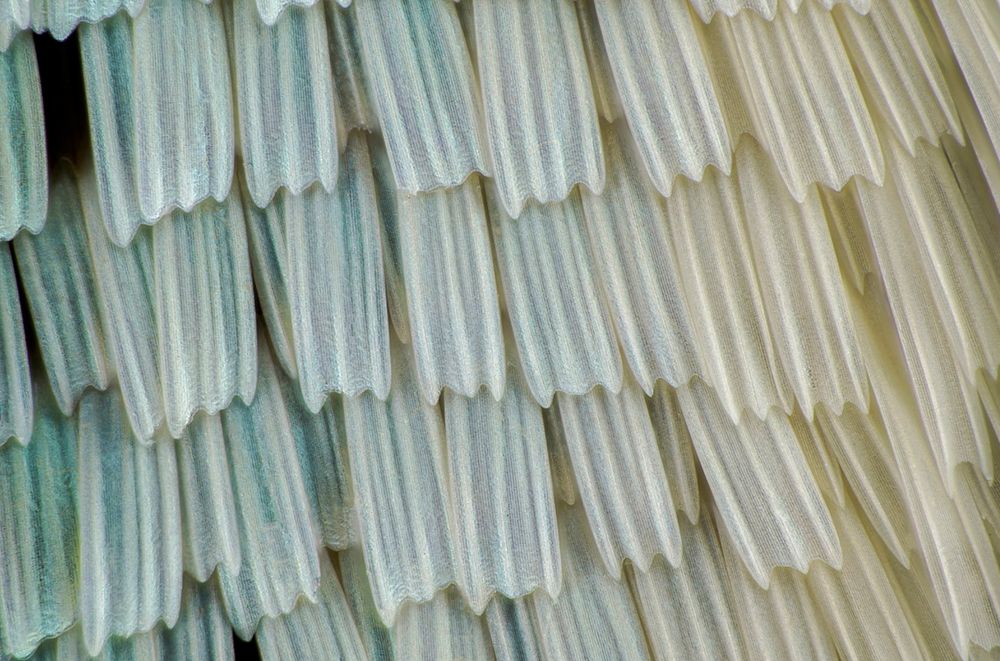
Just a little Sunday Morning Shitposting. The origin of Lepidoptera might be much older than we thought. www.science.org/content/arti...
06.07.2025 13:06 — 👍 74 🔁 17 💬 2 📌 0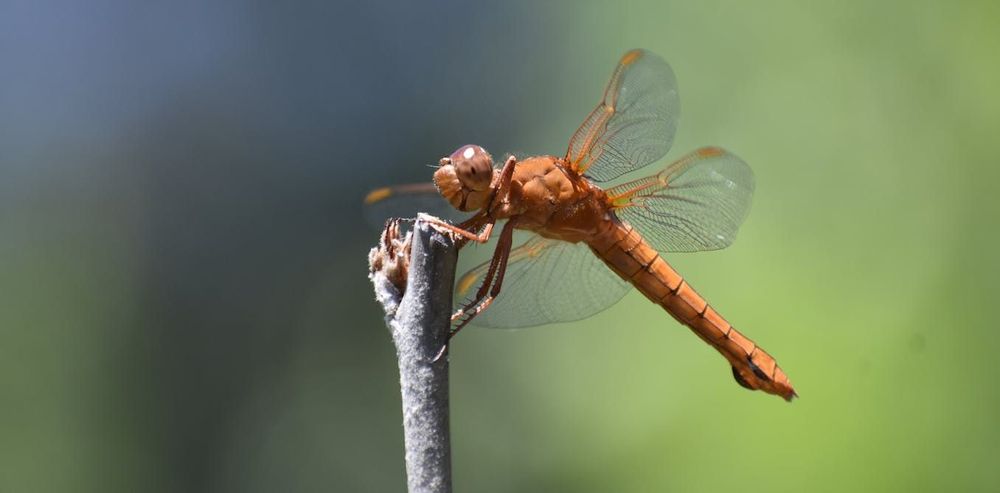
In the past 2 decades, the U.S. has lost over 20% of its butterfly population. Other insects are declining too – bees, moths, dragonflies and more.
06.07.2025 02:30 — 👍 111 🔁 62 💬 12 📌 6I've wanted to write this article for years. About my and other's struggles to even survive sometime in #academia. Thank you to the amazing editors at @plosbiology.org that gave me the forum to write this piece. #science
24.06.2025 18:09 — 👍 354 🔁 180 💬 20 📌 42mamdani wins. gg
25.06.2025 01:50 — 👍 372 🔁 37 💬 5 📌 9
On average 45% of students qualify for Pell grants at these schools. They're minority-serving and rural institutions, many in red states and counties. In terminating these grants, the regime is choking off opportunity for a generation new scientists from the middle and working class. More details:
14.04.2025 20:00 — 👍 28 🔁 7 💬 2 📌 0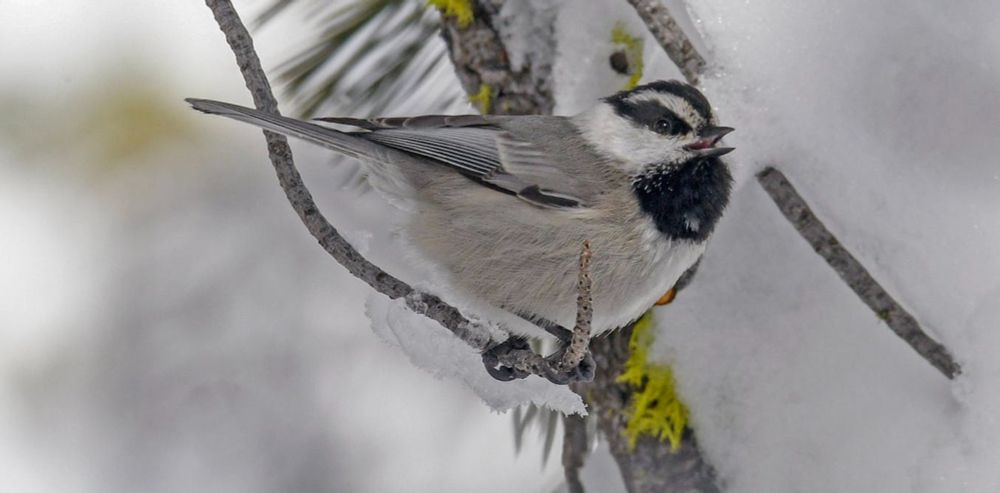
🧠🔊 Mountain chickadees aren’t just chirping — they’re communicating! @unevadareno.bsky.social PhD student Sofia Haley produced this story for a Hitchcock Project course and it was now published by @us.theconversation.com!––with a video by reporter Jayanti Sarkar: theconversation.com/mountain-chi...
02.06.2025 18:53 — 👍 0 🔁 1 💬 0 📌 0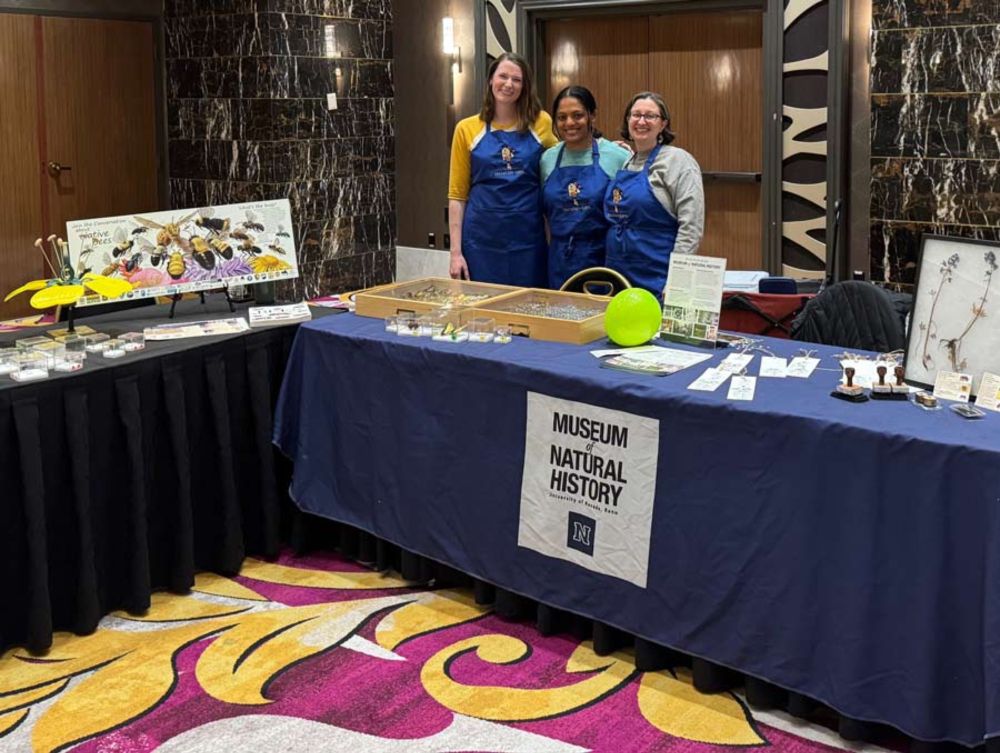
"I hope to inspire even just one person to acknowledge insects, be more curious than fearful of them and appreciate them as we coexist on this planet together.”
www.unr.edu/nevada-today...
EECB student Victoria Peechatt at the 2025 American Beekeeping Federation Conference! 🐝
I'm studying for my comprehensive exams and the zotero + obsidian connection has been amazing - it's so much easier to look stuff up and make connections between all the literature!
10.05.2025 00:08 — 👍 2 🔁 0 💬 0 📌 0
the Knicks gameplan
08.05.2025 01:32 — 👍 626 🔁 63 💬 10 📌 621-2 run for the Knicks, the number one rule this postseason:
don't go up 20
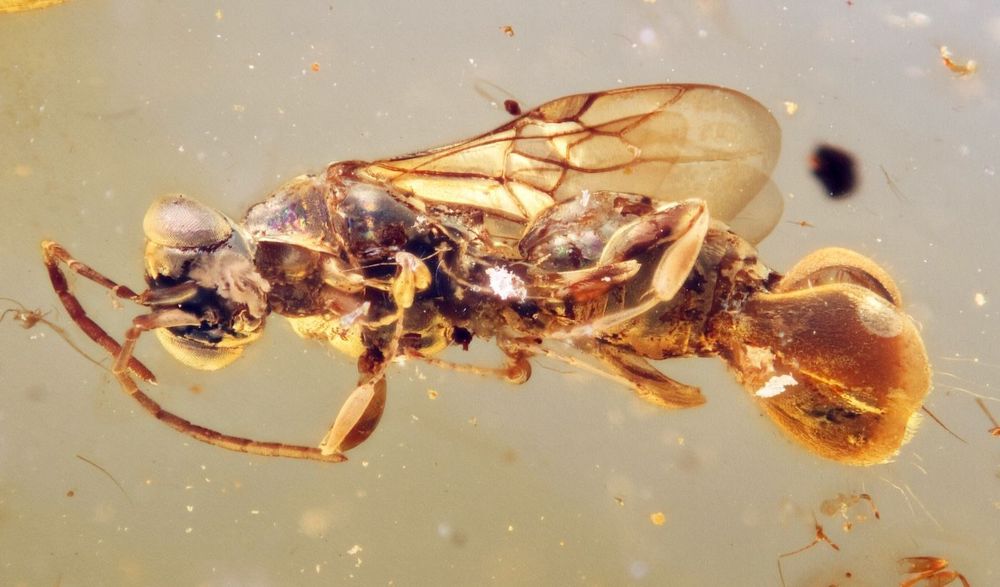
Recently, entomologists reported the discovery of a prehistoric wasp that grabbed its prey with its butt flaps—capturing its booty in its booty. Dr. Lars Vilhelmsen from @nhmdk.bsky.social, joins to discuss the discovery and the wasp’s creative hunting technique.
02.05.2025 19:41 — 👍 84 🔁 13 💬 5 📌 13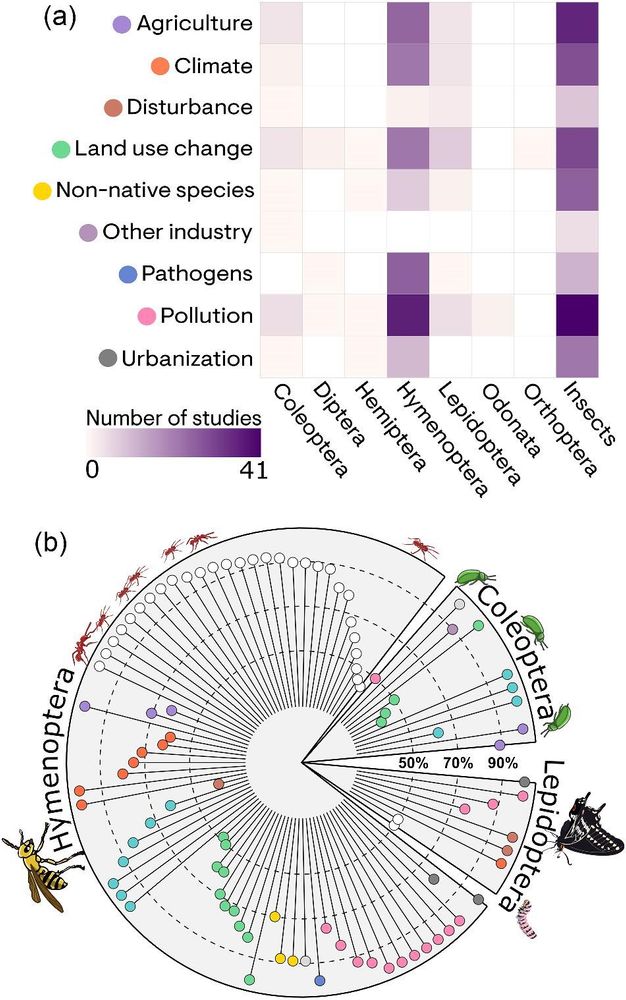
From the paper: "Figure 4.Taxonomic bias in the treatment of hypothesized drivers of insect declines from 106 articles containing taxon-specific hypotheses. (a) The distribution of hypotheses about broad classes of drivers of decline across insect taxonomic groups. (b) The distribution of higher resolution driver and outcome nodes across taxonomic groups. Each colored point shows a node in the network in figure 2 that was said to affect at least two different orders. The nodes are plotted in the taxonomic section where they are most frequently mentioned. Therefore, all taxon-specific nodes are most associated with Coleoptera, Hymenoptera, or Lepidoptera. The line length from the center indicates how biased a term is. The dashed lines indicate which nodes are mentioned about a given taxonomic group more than 50%, 70%, or 90% of the time. The nodes are colored the same way as in figures 1, 2, and 3 (see supplement for node labels). Insect icons were designed by Suyeon Jang."
Sill need to digest this new meta-review on insect decline.
Taxonomic bias: lots of research on bee/ant/wasp decline (mainly on a limited range of pollinator taxa). A fair amount on beetles and butterflies/moths. Virtually none on other groups of insects.
🧪 🌎 🪲🪳
academic.oup.com/bioscience/a...
Silvery blues dancing for attention
26.04.2025 17:16 — 👍 1 🔁 0 💬 0 📌 0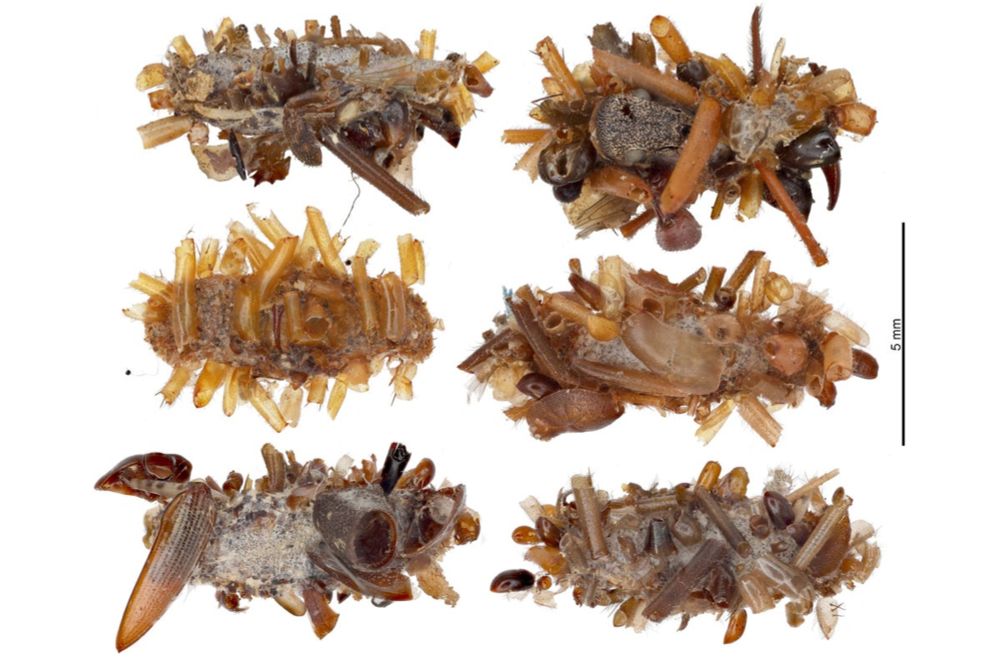
I am loving this story; caterpillar scrounges from spiders and covers itself with leftovers as camo 🧪🐛 www.scientificamerican.com/article/carn...
25.04.2025 13:10 — 👍 46 🔁 9 💬 5 📌 0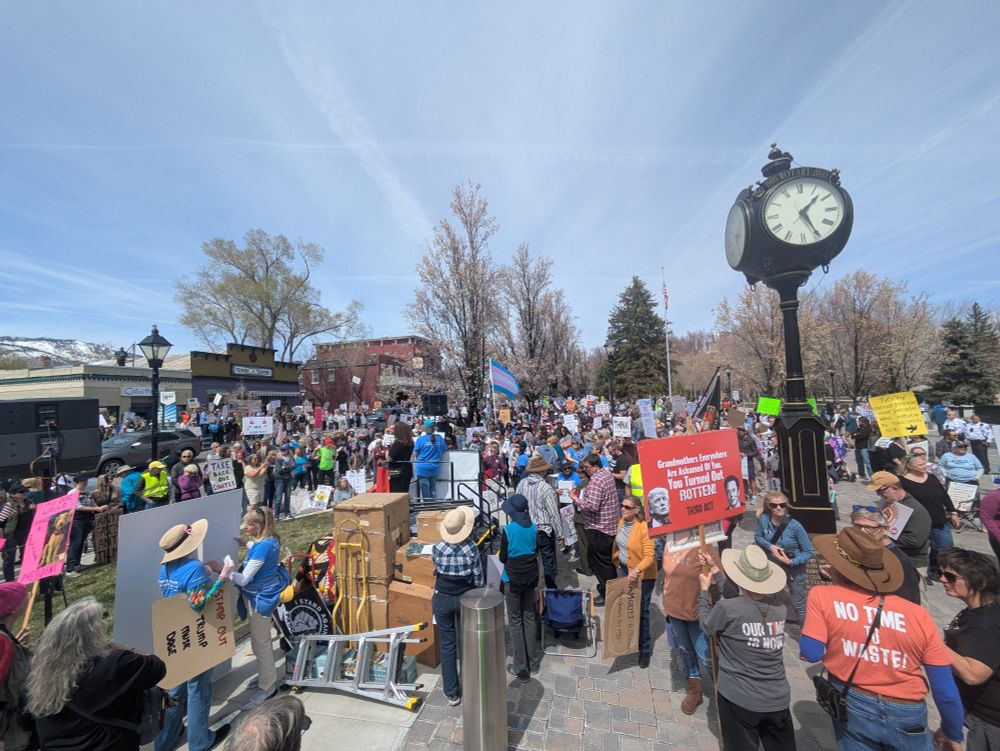
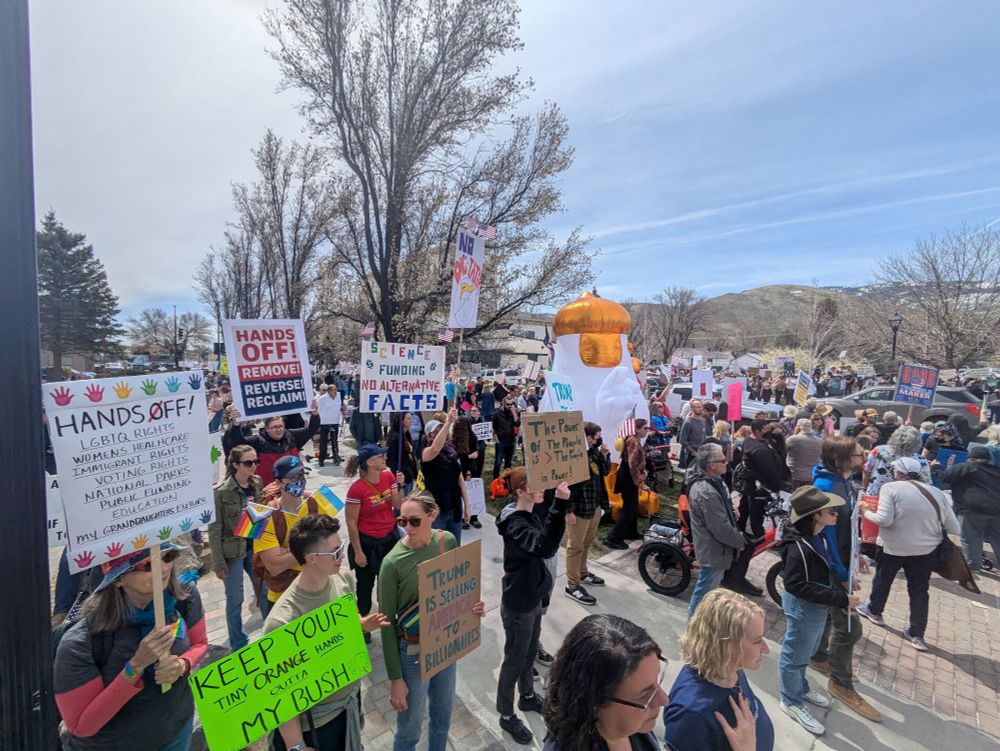
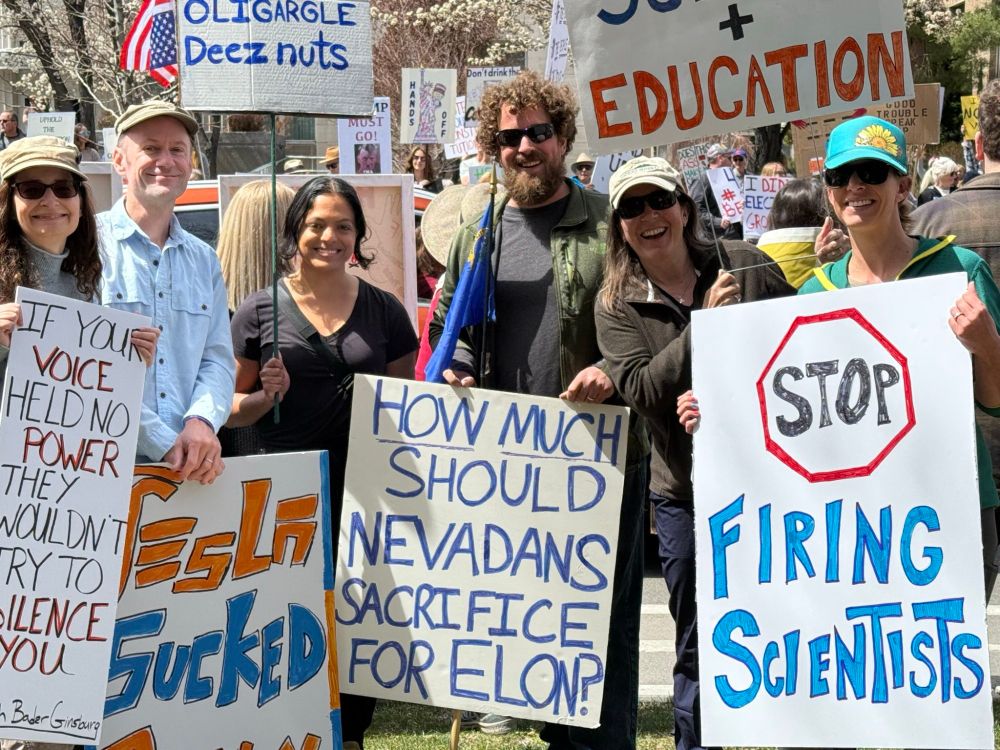
 05.04.2025 23:15 — 👍 21 🔁 1 💬 1 📌 0
05.04.2025 23:15 — 👍 21 🔁 1 💬 1 📌 0
>7000 in Carson City, Nevada
05.04.2025 23:11 — 👍 49 🔁 6 💬 1 📌 2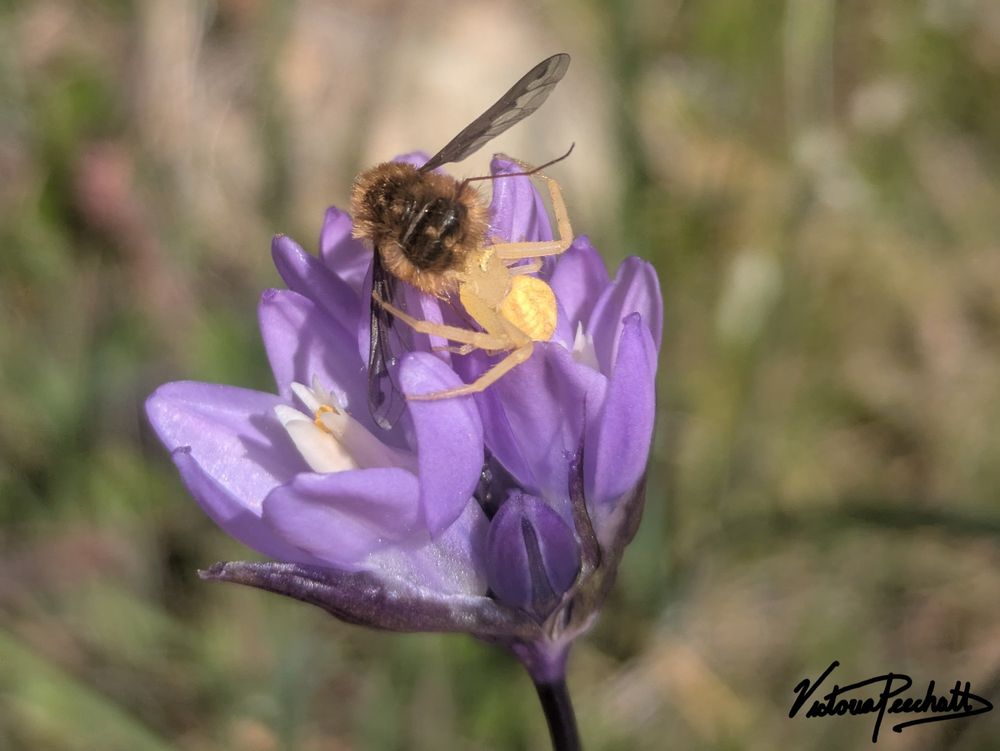
Spider (Mecaphesa?) and bee (Bombylius?) wrestling in a purple flower (Dipterostemon capitatus) in Redding, CA
So much going on in one photo
24.03.2025 18:45 — 👍 6 🔁 1 💬 0 📌 0
Check out these revolutionary featured reads and subscribe to Sliding Stacks to keep up with all things City of Asylum Bookstore!
44048774.hs-sites.com/03-20...
Extraordinary scenes in Serbia’s capital Belgrade right now.
Around 500,000 people are on the streets in what may be the biggest protest in Serbian history. All demanding the resignation of President Vučić & his government.
What began as a student protest is now a full democratic uprising.
🇷🇸
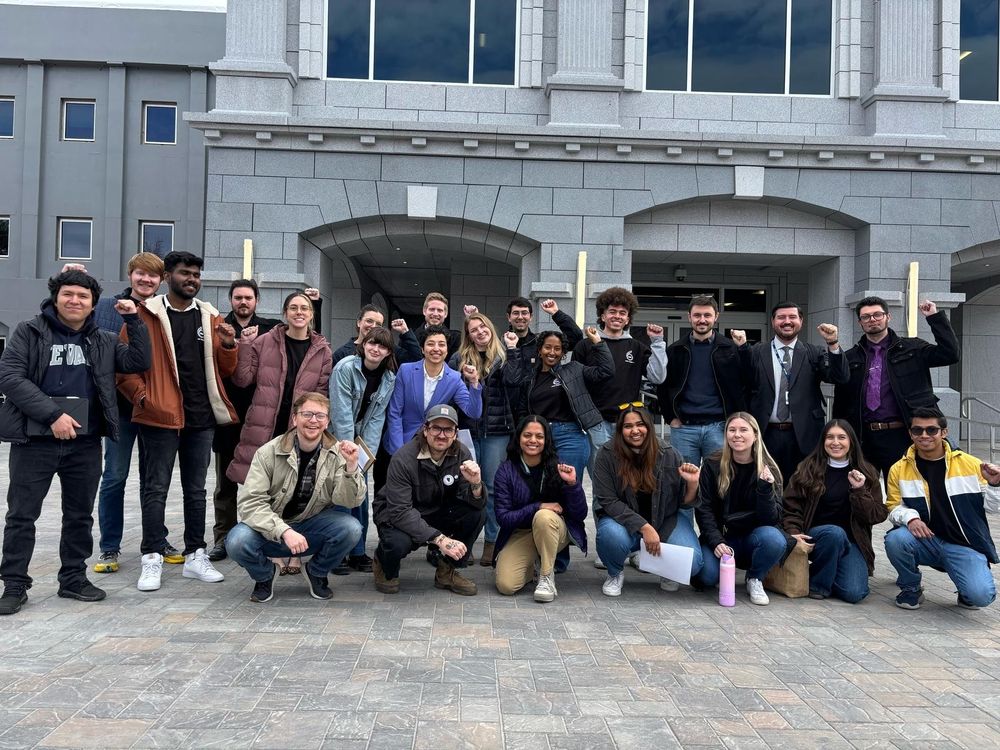
Just a subset of the graduate students who showed up today for the first hearing of AB191 which would make NSHE recognize not just graduate assistant workers, but faculty and staff, if they choose to be a collective.
We choose to be a collective. #ngsw #uaw #powertothepeople
It's publication day! I am so excited that my book is out. This has been a wonderful adventure. I am so grateful to @princetonupress.bsky.social for all their hard work, support and enthusiasm! 🧪
04.03.2025 17:36 — 👍 21 🔁 4 💬 3 📌 1